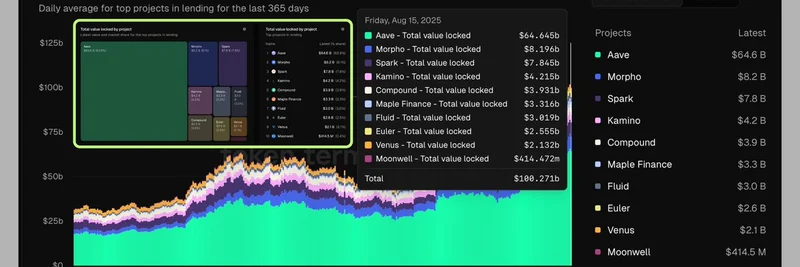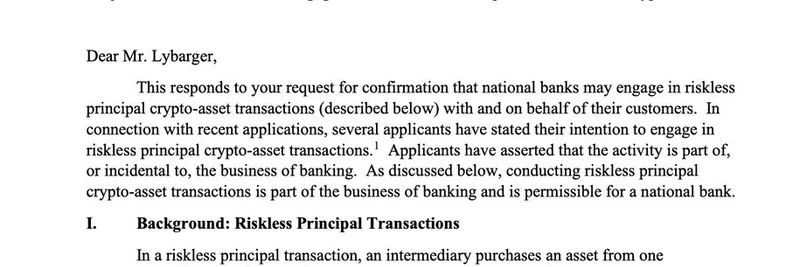In the fast-paced world of decentralized finance (DeFi), lending protocols are making waves, and Aave is right at the forefront. Recently, Stani Kulechov, the founder of Aave, highlighted a compelling analysis on X (formerly Twitter) that underscores just how dominant Aave has become. With total deposits in lending protocols surpassing $100 billion, Aave holds a whopping $64.6 billion, accounting for 64% of the market. That's a 3-4x growth in key metrics like total value locked (TVL), fees, revenue, and active loans over the past year. But as Stani puts it, "we are still early." Check out the full thread here.
What makes this exciting for meme token enthusiasts? Well, DeFi lending platforms like Aave aren't just for stablecoins or blue-chip cryptos. They open doors for leveraging volatile assets, including meme tokens, as collateral or for earning yields. Imagine borrowing against your favorite meme coin holdings to dive into new launches without selling—it's a game-changer for liquidity in the meme ecosystem.
The analysis, penned by Satyam Singh, dives deep into why lending protocols could become the world's largest "banks." First off, they offer borderless access to capital. Anyone with an internet connection can lend or borrow, no passports or bank branches required. This is huge for global meme communities, where creators and holders span continents.
Then there's the yield factor. Traditional banks might give you a measly 1-3% on savings, but DeFi protocols often deliver much higher returns, sometimes in double digits depending on the asset and market conditions. For meme tokens, which can swing wildly, this means potential for amplified gains through lending pools.
Instant liquidity is another perk—24/7, no waiting for approvals. Need funds for that hot new meme drop? Borrow in minutes. And the variety of collateral? Beyond crypto, think NFTs, tokenized stocks, or even real-world assets like gold. This tokenization trend could bring meme-inspired assets on-chain, making them borrowable or lendable on platforms like Aave.
Satyam points out global rate arbitrage: borrow low in one place, lend high in another. For example, use tokenized Apple stock as collateral on Aave at 5% interest, then lend out stablecoins elsewhere for better yields. In the meme space, this could mean using hyped tokens to fund positions in emerging projects.
The vision extends to institutional adoption—hedge funds, corporations, even governments jumping in. As more entities enter DeFi, liquidity pools deepen, benefiting meme token traders with better borrowing rates and reduced slippage.
Looking at tokenization's impact, buying U.S. stocks traditionally involves KYC, fees, and restrictions. On-chain, it's seamless and low-cost, potentially driving billions into DeFi. Satyam estimates if just 10% of the top 10 U.S. stocks' $23 trillion market cap tokenizes and 10% of that hits Aave, that's $230 billion in TVL. By 2030, he sees Aave reaching $500-700 billion, not even factoring growth.
For meme insiders, this spells opportunity. As DeFi matures, meme tokens could integrate more deeply into lending ecosystems, perhaps through specialized pools or collateral types. Aave's dominance positions it as a key player, potentially fueling the next meme bull run with easy leverage.
Stani's endorsement reinforces that Aave isn't just leading—it's innovating toward a trillion-dollar future. If you're in memes or broader crypto, keeping an eye on lending protocols like Aave could be your edge in this evolving landscape.




